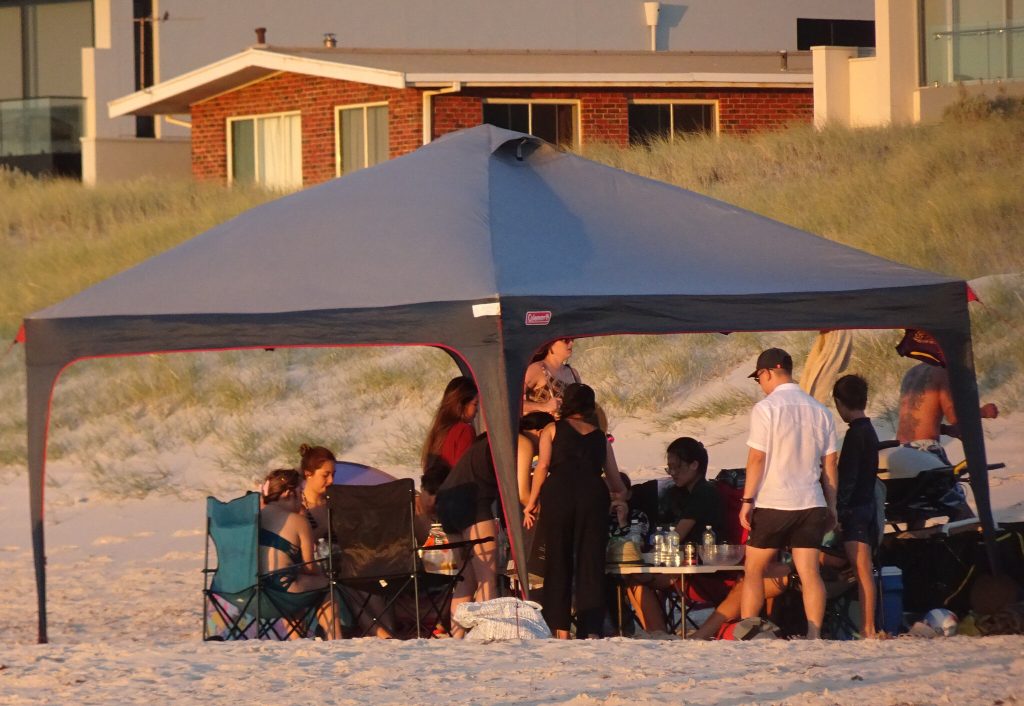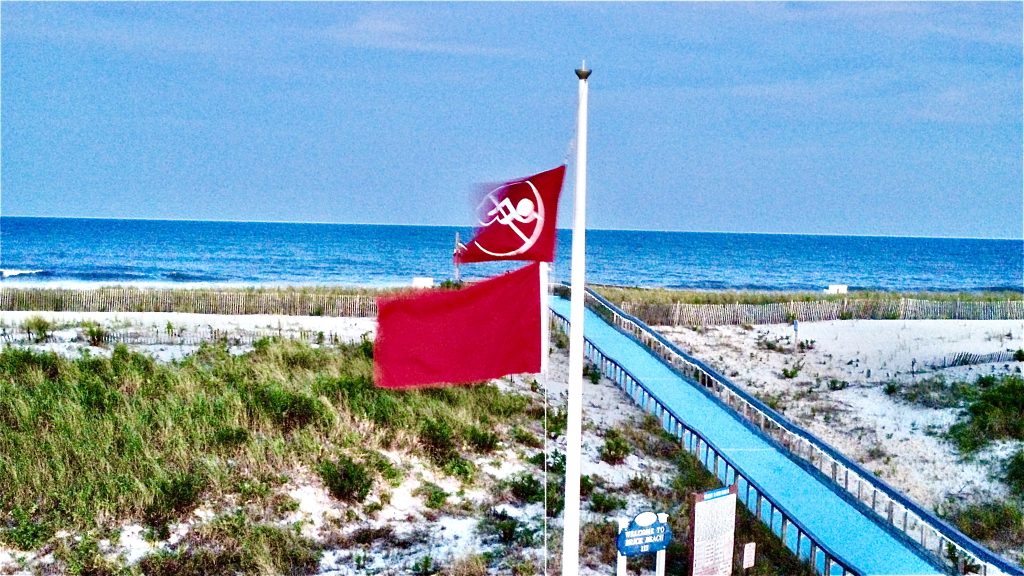A lack of room on Brick Township’s beaches as a federal project to replenish sand is held up in the red tape of defense procurement wranglings has led the township council to prohibit tents and canopies on the beach this summer to save space.
Brick Township operates three public beaches. Beach I and Beach III both have parking lots and are open to swimming, while Beach II is located in between and is mainly utilized by anglers and surfers. A loss of sand over the winter means the beach berm – the sand in front of the dune on which beachgoers set up their chairs and blankets – has gotten smaller, worrying officials that the beach may become overcrowded this summer if people spread out large tents and canopies, as has become a popular practice in recent years.
The township council unanimously approved a one-year prohibition on tents with the hope that the federal project, led by the U.S. Army Corps of Engineers, is completed by next summer. It is already about two years overdue.
|
|
“With limited space on the beach, the township’s recreation committee is in favor of this resolution to make sure all beachgoers have the ability to enjoy the beach with less intrusion from canopies and tents,” said Councilman Perry Albanese.
Several towns have been forced to take measures to manage beaches prior to the 2024 summer season. In Toms River, officials this week approved more than $300,000 in repairs to beach entrances that were washed away during the plethora of nor’easters this season, which destroyed dune crossovers, fencing and left “cliffs” of sand carved into the dune line measuring nearly 10-feet tall in some locations.
Joanne Bergin, the township’s business administrator, said that while Brick does not anticipate trucking in sand or having to repair dune crossovers, the small size of the berm could end up restricting beach access if too many people were to take up too much room on the township’s only two swimming beaches.
“It’s a moving target on a daily basis, how much sand we’ve lost, because it’s a constant ebb and flow,” said Bergin, after being asked by a resident how much sand was lost this winter. “But the replenishment is not here to give us the beach we need to [fit] these canopies and tents.”
While Brick’s prohibition on tents and canopies will be in effect for a single season and was passed by a resolution of the township council, some neighboring communities have placed permanent regulations on the size of tents that can be set up on beaches after it was observed that a few groups of people were taking up large amounts of space on the sand. Lavallette, for example, bans the use of tents and enclosures larger than 10-feet by 10-feet as part of its “beach spreading” ordinance. Seaside Heights has similar regulations, requiring tents to be less than 12-feet by 12-feet in area, and mandating tents be placed at least 15-feet apart from one another.
Brick’s resolution covers the period from Memorial Day to Labor Day in 2024 and excepts “devices designed and used to shade infants and small children, also known as ‘baby tents,’ no larger than 40-inches by 40-inches.”
Beachgoers will also still be able to bring traditional umbrellas on the sand.
“People can still have their umbrellas,” said Councilwoman Heather deJong. ” It’s just that they can’t have the giant canopies.”
Last month, the Army Corps told Shorebeat that it was preparing a new bid solicitation after years of bids that were returned either over budget or eventually scrapped after being protested by competing contractors. The federal project – with Ocean County having committed to funding the “local share” after the state refused to do so – has been funded for several years, however no contract has been awarded due to the wranglings within the complex process of defense procurement.














